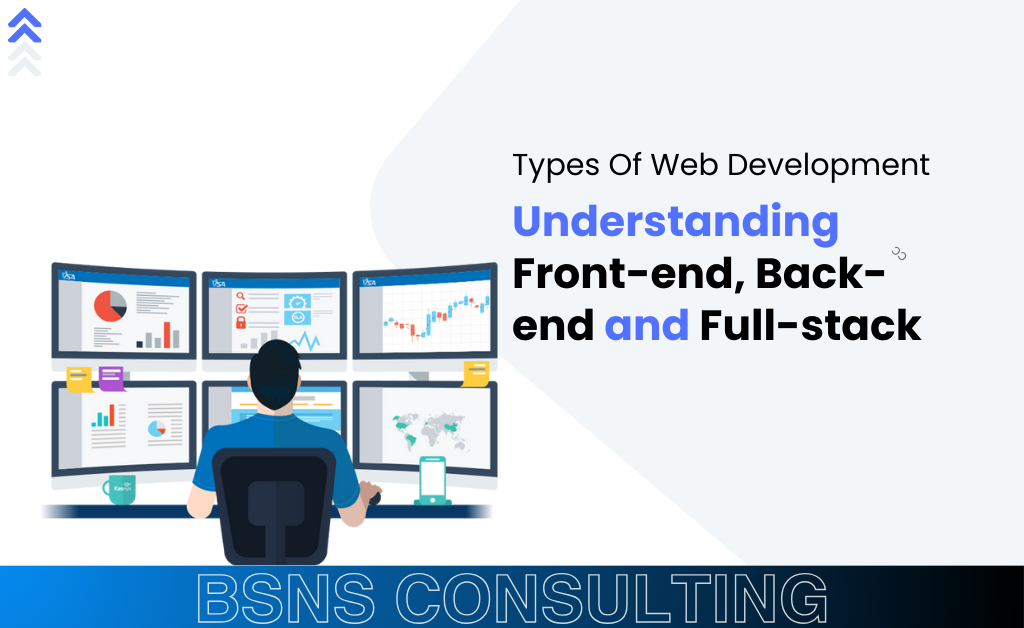The squeaky wheel gets the grease, right? Some people approach conflict resolution with the goal of being as squeaky as humanly possible.
Here’s how to handle this type of tough customer:
1. Don’t fight back. A loud, rude, or unruly customer may expect the same from you. Don’t take the bait: You’re likely to lose his business. Remember that other customers and your employees may be watching, too. Handle the upset customer with poise. Be de-escalatory.
2. Ask for the solution. Instead of offering a fix of your design, ask the customer what would make them happy. This lets her know that you are serious about righting the wrong.
3. Restate the problem. In your own words, tell the customer what you believe has upset him. People who are angry often ramble or add unrelated issues to the complaint. Before any fix is possible, you and the customer must agree on the nature of the problem.
4. Empathize, don’t sympathize. Empathy means that you understand the feelings of another person. Sympathy, on the other hand, offers only comfort — and is usually insufficient when someone feels she has been wronged. Restating the problem is one form of expressing empathy. Others include “I understand,” “I want to help,” and “I’m sorry.”
5. Ask for direction. Some repeat customers are hard to please. If they always seem to have a problem with your product or service, use the next job to discuss that. Let them know that you want to get it right the first time and that you would like more direction from them.
6. Don’t hide behind the rules. When customers are upset, the last thing they want to hear is that their solutions are against “company policy.” You can uphold the spirit of most rules and still offer some flexibility. If a given customer is worth saving — and most are — do not be afraid to make a small exception to defuse a situation.
7. Call back when you say you will. You took verbal abuse the first time. The last thing you want to do is call back and take it again. But you need to deliver on your promises. Remember that even if a follow-up conversation is less than pleasant, customers will respect you more when you keep your word.
8. Educate customers. If some customers always complain about high prices, educate them. Make an infographic about the costs associated with your products. Take the “we think our prices are fair and here’s why” approach. You may not win them over, but chances are they will better understand your position.
9. Seek the truth in all things. You can’t control the way an angry customer raises an issue. However, a perceptive small-business owner quickly looks beyond that anger and listens to what the customer is saying. Buried in the complaint may be an issue that really does need your attention. In other words, just because a customer is rude does not necessarily mean that she is wrong.
10. Follow up and follow through. A few days after you believe you have resolved a customer’s concern, call him to make sure you solved the problem to his satisfaction. More important than his answer is the fact that you cared enough to call.
11. Wipe the slate clean. The next time you interact with a customer whose prior complaint has been resolved, do so as if nothing happened. Labeling someone as a “problem” will make you defensive when dealing with her. It will also make her uneasy in your presence. Once a problem is solved, move on. If you can’t do that, say goodbye.
12. Know when to say goodbye. Sometimes a customer is so offended, rightly or wrongly, that you can’t please him. Know when your investment of time and energy is probably not going to yield positive results. Thank the customer for his business and wish him well.
13. Don’t lose perspective. One negative, rude, and upset customer is enough to ruin your day. But try to remain focused on the rest of your business. For every problem customer, there are many more positive and uplifting patrons to assist every day.





